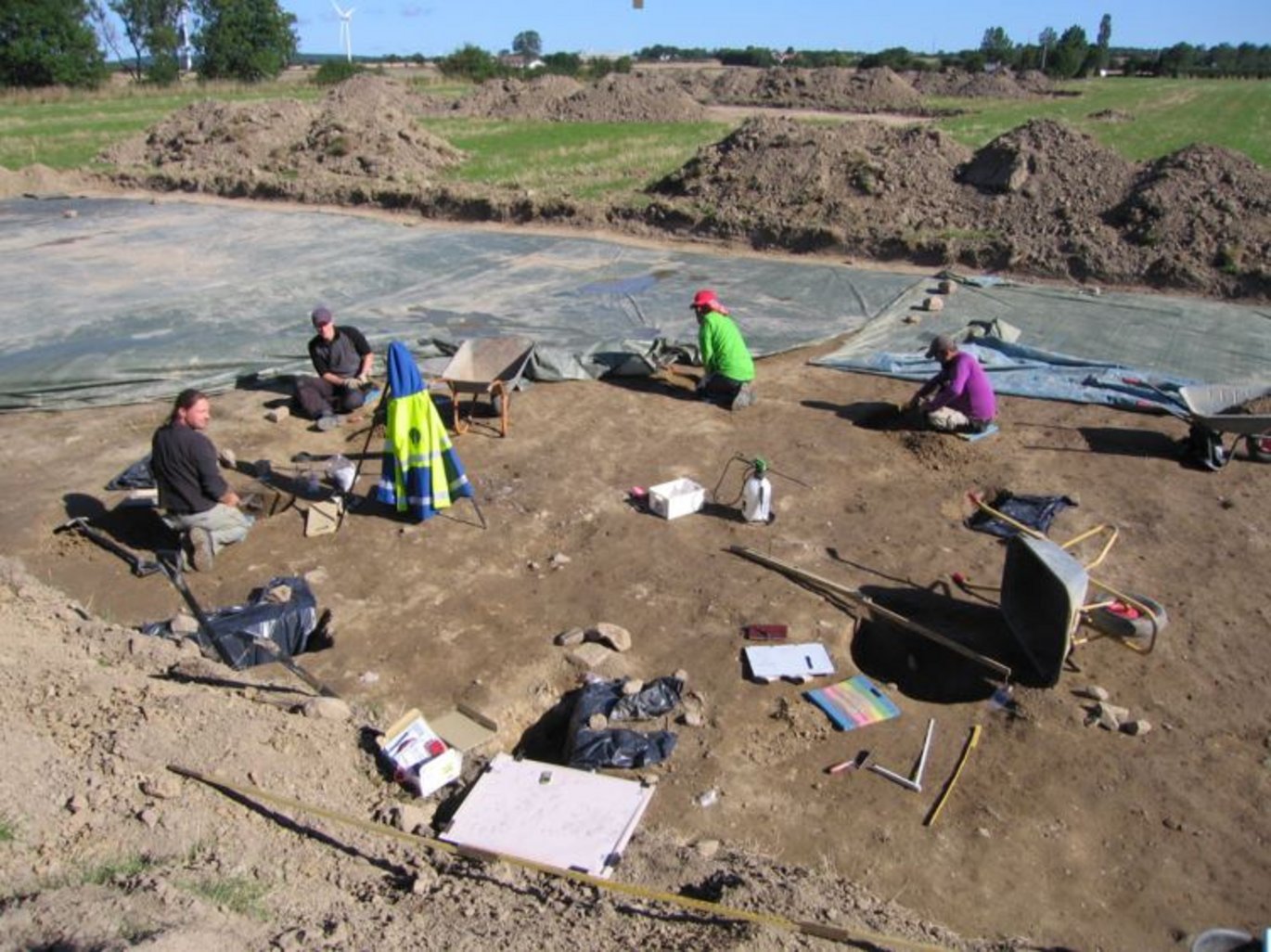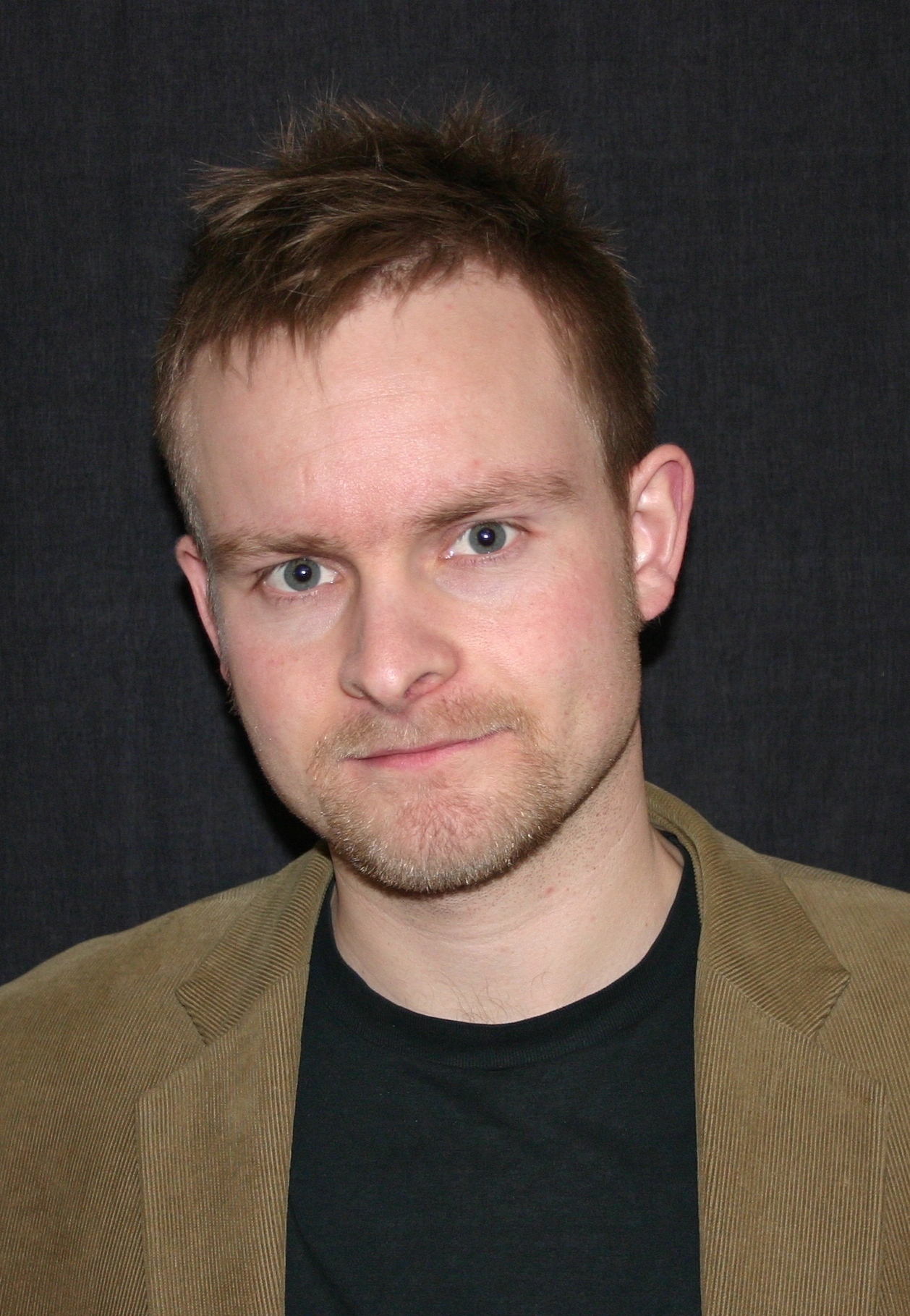Great potential in combining archaeological data with DNA analysis
Closer collaboration between archaeologists and genetic scientists will generate more knowledge – and more detailed knowledge – about human prehistory. This is the conclusion drawn by Assistant Professor Niels Nørkjær Johannsen from the Department of Archaeology and Heritage Studies and the Interacting Minds Centre, in an article which has just been published in the journal “Science”.

According to the new article, the advantages of including genetic analysis when answering archaeological questions are impossible to ignore. This is because the ability to extract genetic material from the skeletal remains of prehistoric humans (aDNA) has proved to be vital in understanding our past. But if we are to exploit this potential to the full, the new data will have to be integrated more effectively with archaeological research – which is where a certain amount of scepticism has prevailed until now.
Why are people sceptical about this?
“Archaeologists want to understand the cultural developments experienced by mankind and the reasons behind them. But we haven’t been good at shedding light on demographic developments. aDNA analysis gives us valuable information about demography, but seen in isolation it doesn’t reveal the links between cultural and demographic developments. Some aDNA studies have made bold interpretations about these links without including archaeological knowledge to a sufficient extent – which is why many archaeologists have been sceptical about the potential of the technique. This is unfortunate – both for DNA analysis and for archaeology.”
But how would integrating the two areas help?
“The analysis of prehistoric DNA has been hugely beneficial in demonstrating patterns in the way populations have spread and mixed throughout history, but it hasn’t revealed how such contact and migrations took place – or why. This is the kind of knowledge that archaeology can provide. So it’s vital to integrate the two areas more effectively if we want to increase our understanding of prehistoric societies. Closer cross-disciplinary collaboration isn’t easy, and it will require an investment of time and energy by our researchers. But on the other hand, it also has the potential to produce a quantum leap in scientific development.”
Fakta
Facts The scientific article entitled “A composite window into human history” has just been published in “Science”. The primary author is Assistant Professor Niels Nørkjær Johannsen from the Department of Archaeology and Heritage Studies and the Interacting Minds Centre at the School of Culture and Society, Aarhus University. The article has been published in collaboration with Professor Greger Larson from the School of Archaeology, Oxford University, Professor David J. Meltzer from the Department of Anthropology, Southern Methodist University, and Marc Vander Linden PhD from the Institute of Archaeology, UCL.
Further information

Archaeologist Niels Nørkjær Johannsen
Department of Archaeology and Heritage Studies
& Interacting Minds Centre (IMC)
School of Culture and Society
Aarhus University
Mail: nnj@cas.au.dk
Mobile: +4528158792
